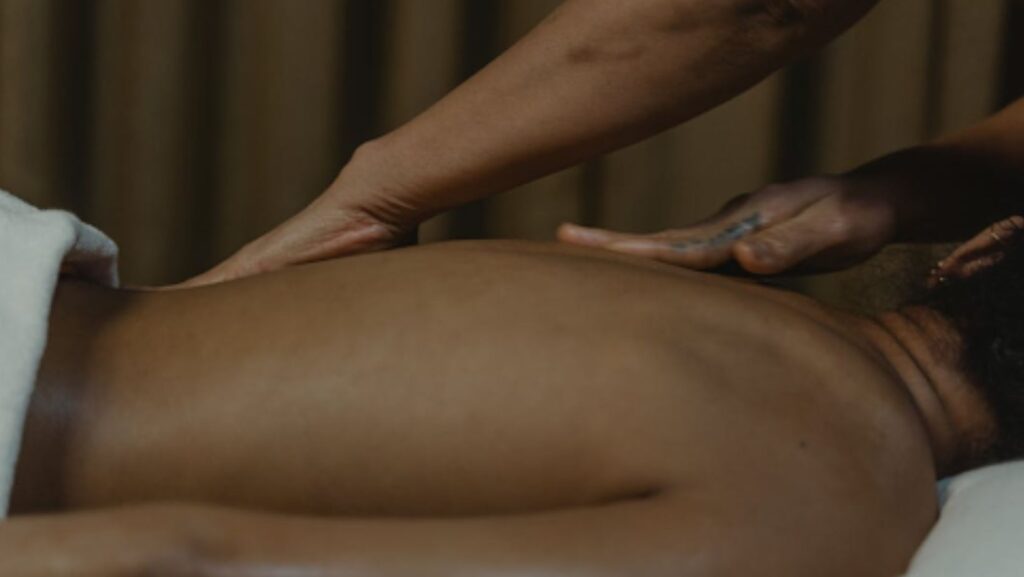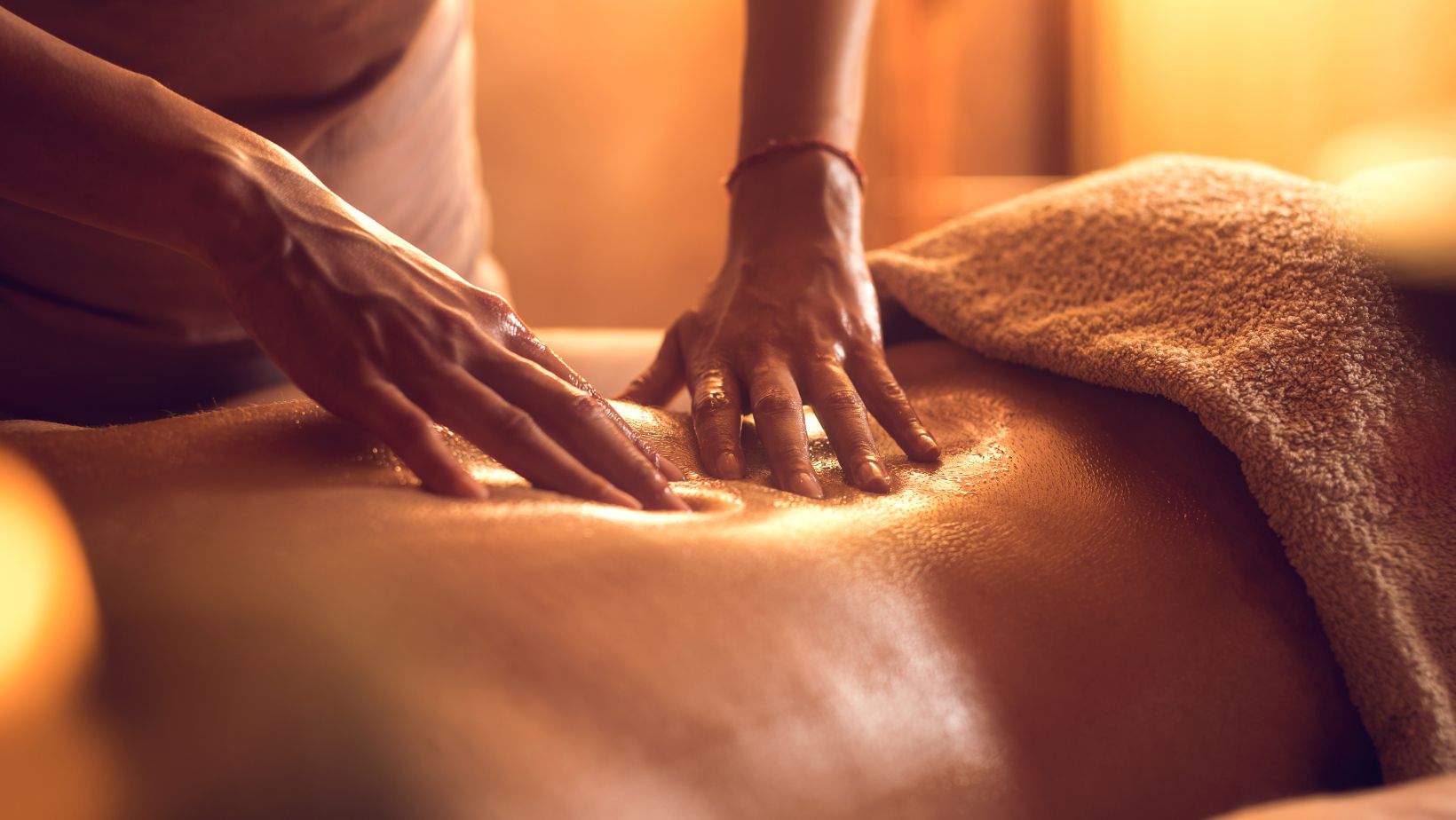Massage Facts – Debunking Myths and Exploring the Science of Touch

Massage therapy offers far more than simple relaxation. Research suggests that it can help reduce stress, alleviate chronic pain, and promote overall well-being. Despite growing scientific evidence, many myths persist. Some people believe that massage is only for wealthy individuals or that it doesn’t work. However, extensive research has proven that these concerns are largely unfounded.
Studies confirm that professional massage therapy lowers cortisol levels and improves blood circulation. It accelerates muscle recovery and offers mental health benefits, including reduced anxiety. Understanding accurate massage facts helps you make informed decisions about your healthcare. Let’s explore scientific facts about massage therapy and debunk common myths.
Is Massage Therapy Pseudoscience? The Evidence-Based Answer
Is massage therapy pseudoscience? This question sparks debate in medical communities. Some skeptics claim massage therapy lacks scientific backing. However, extensive research provides clear answers. Massage therapy is not pseudoscience when applied by trained professionals. Numerous peer-reviewed studies demonstrate measurable health outcomes for specific conditions.
Here are eight scientifically proven massage therapy benefits:
- Stress Reduction: Studies from 2010 show that massage significantly lowers cortisol levels in participants.
- Pain Relief: 2011 trials demonstrate the effectiveness of this approach for managing chronic back pain.
- Improved Circulation: Research from 2014 confirms that massage enhances blood flow throughout the body.
- Muscle Recovery: According to 2012 data, massage accelerates post-exercise repair and reduces soreness.
- Mental Health Support: 2016 reviews confirm that massage reduces anxiety symptoms in patients.
- Immune System Boost: A 2004 study found that massage therapy significantly enhances immune function.
- Headache Relief: A 2006 trial shows that massage decreases migraine frequency and intensity.
- Better Sleep Quality: Research from 2015 demonstrates that massage promotes deeper, more restful sleep.
While massage provides significant benefits, it’s not a cure-all treatment. For pain management, stress reduction, and recovery support, scientific evidence strongly supports the effectiveness of these approaches. A 2017 review found that massage is particularly effective for managing fibromyalgia. When performed by trained professionals, massage therapy is remarkably safe with few risks.
Avoid massage if you have active blood clots or severe cardiovascular issues. For serious medical concerns, consult your doctor before beginning therapy. 강릉출장 offers professional consultations to ensure safe treatment approaches. Regular sessions amplify benefits over time. Monthly treatments help maintain wellness and prevent minor issues from developing into more serious problems.
Massage Myths – Separating Fact from Fiction
Persistent myths about massage create confusion and prevent people from experiencing benefits. Scientific evidence helps clear up common misconceptions. Massage therapy isn’t just a luxury spa treatment; it’s a valuable therapeutic option. It’s a proven therapeutic intervention for managing pain and supporting recovery.
Let’s examine common massage myths alongside facts:
- Myth: Massage is only for relaxation and stress relief. Fact: Research indicates that massage is an effective treatment for chronic pain and various medical conditions.
- Myth: Massage therapy always causes bruising or soreness afterward. Fact: Bruising is extremely rare when performed by skilled, licensed therapists.
- Myth: Massage treatments are unsafe for most people to receive. Fact: Massage is safe for most people when proper precautions are followed.
- Myth: Massage therapy lacks scientific backing or evidence. Fact: Hundreds of studies demonstrate that massage reduces cortisol and manages pain effectively.
- Myth: You only need one session to see lasting results. Fact: Regular sessions offer cumulative benefits and lead to longer-lasting health improvements.
Research consistently supports the effectiveness of massage facts for chronic back pain since 2011. Clinical reviews confirm that massage significantly reduces anxiety levels in patients. When performed by licensed professionals, massage has minimal risks and excellent safety records.
Avoid massage only if you have specific contraindications, such as blood clots or a history of heart conditions. Finding qualified, certified therapists is crucial for receiving safe and effective treatment. Always communicate health concerns before sessions begin.
Fun Facts About Touch – The Science of Connection
Touch is one of our most powerful senses. It shapes how we connect and experience the world. Scientific research has revealed the essential role of touch in maintaining health and well-being. Our skin contains millions of receptors detecting pressure, temperature, and pain.
Touch activates brain regions that release essential hormones and neurotransmitters. These fun facts about touch promote bonding, reduce stress, and boost immune function. Here are fascinating scientific facts about human touch:
- Oxytocin Release: Physical contact, such as hugging, increases the production of the “love hormone.”
- Pain Reduction: A 2018 study shows that gentle touch significantly reduces pain perception.
- Heart Health Benefits: Caring touch lowers heart rate and blood pressure measurably.
- Stronger Relationships: 2014 research confirms that appropriate touch strengthens emotional bonds.
- Stress Relief: Professional massage has been shown to reduce cortisol levels by approximately 30 percent per session.
- Infant Development: Studies show touch is critical for healthy baby development.
- Immune Support: Positive touch experiences boost overall immune system function.
- Mood Enhancement: Simple gestures, such as hand-holding, can reduce anxiety and improve overall well-being.

These fun facts about touch highlight its benefits. Cultural attitudes toward touch vary worldwide. Some societies are more accepting of physical contact. It’s essential to respect personal boundaries and comfort levels. In therapeutic settings, touch is carefully controlled and professionally maintained.
Licensed massage therapists receive extensive training in appropriate techniques and safety protocols. Swedish massage is particularly effective for promoting relaxation and stress relief. Communicate your specific needs to your therapist to ensure a beneficial treatment. Stay hydrated after sessions to support natural healing processes.
Weird Massages – Unconventional Techniques from Around the World
Massage practices vary dramatically across cultures worldwide. Some techniques use unique approaches that might seem unusual. These weird messages aim to promote relaxation through surprising methods. Always prioritize safety by choosing licensed, qualified therapists.
Here are weird message techniques practiced globally:
- Snake Massage: Israel and Indonesia use non-venomous snakes for muscle relief. Practitioners claim serpent movement provides unique therapeutic benefits.
- Elephant Massage: Thailand offers treatments where elephants apply gentle pressure to the body. This raises concerns about animal welfare and safety.
- Knife Massage: Chinese practitioners use blunt cleavers to tap rhythmically on the body. They claim this boosts energy flow through traditional methods.
- Snail Facial Treatment: Japanese spas use live snails for exfoliation. Natural secretions supposedly provide skin-softening benefits.
- Cactus Massage: Mexican spas use thorn-free cactus paddles for muscle work. Practitioners claim that plant compounds possess unique therapeutic properties.
- Fire Massage: Chinese therapists ignite alcohol-soaked towels on bodies. Heat is supposedly used to warm and relax muscles through traditional healing methods.
Many weird messages lack rigorous scientific research to support their claimed benefits. These methods rely on traditional beliefs rather than clinical studies. Animal-based treatments raise ethical concerns about welfare and hygiene risks.
Before trying unconventional techniques, verify the practitioner’s credentials and the facility’s safety standards. While these offer unique cultural experiences, consider using evidence-based methods like Swedish or deep tissue massage for proven results.
Proven Massage Facts – What Research Actually Tells Us
Professional massage therapy enjoys strong support from extensive scientific research. Hundreds of clinical studies have examined the effects of massage on various health conditions. This research provides clear evidence of therapeutic value for well-being.
Research consistently demonstrates measurable benefits from professional massage therapy. These findings help healthcare providers and patients make informed treatment decisions. Here are scientifically proven benefits supported by peer-reviewed research:
- Chronic Pain Management: 2011 trials demonstrate a significant reduction in back pain symptoms.
- Stress Hormone Reduction: A 2010 study found that massage reduces cortisol levels by 31 percent.
- Anxiety Relief: 2016 reviews confirm that massage reduces anxiety in 65 percent of participants.
- Circulation Improvement: Research from 2014 proves that massage enhances blood flow throughout the body.
- Exercise Recovery: According to 2012 data, massage reduces muscle soreness and accelerates healing.
- Sleep Enhancement: A 2015 study demonstrates that massage increases serotonin, leading to improved sleep.
- Headache Prevention: A 2006 trial found that massage decreases migraine frequency and intensity.
- Mood Improvement: Research from 2004 confirms that massage raises dopamine levels and improves overall well-being.
While massage provides substantial benefits, maintain realistic expectations about treatment outcomes. Massage isn’t a miracle cure for every health problem. Therapeutic effects are most pronounced for pain, stress disorders, and muscle tension.
Certain conditions require caution or complete avoidance of massage therapy. People with blood clots, cardiovascular disease, or acute injuries should consult healthcare providers first. Stay hydrated after treatments to support natural healing and flush waste products.
Regular sessions provide cumulative benefits, with monthly treatments often sufficient. Compare local options by reading reviews and checking therapist credentials. Licensed therapists complete extensive training in anatomy and professional ethics.
These facts demonstrate that professional massage offers genuine therapeutic value. Book sessions with licensed therapists to experience scientifically proven health benefits yourself.

 Embedtree.com: Revolutionizing Embedded Systems
Embedtree.com: Revolutionizing Embedded Systems  Social Media Stuff EmbedTree: Revolutionizing Your Content Sharing
Social Media Stuff EmbedTree: Revolutionizing Your Content Sharing  How to Find Someone’s Phone Number With Their Name for Free
How to Find Someone’s Phone Number With Their Name for Free